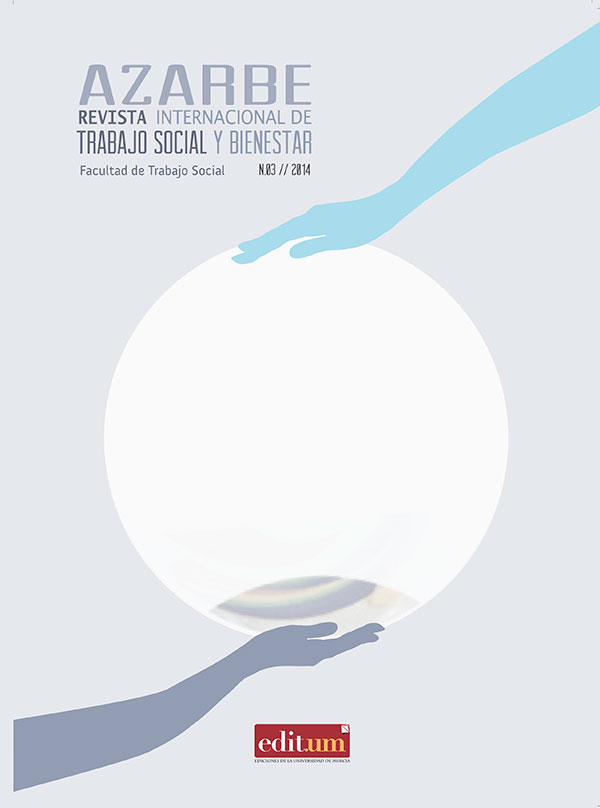Foreign Unaccompanied Minors
Abstract
Introduction. Migration of Foreign Unaccompanied Minors (MENA) is a remartiable phenomenon in Europe. All action with MENA Collective is framed within the Principle of Best Interest of the Child. Material and Methods. From the collection, treatment, observation and study of data (statistics and reports) obtained from the Ministries of Employment and Interior, the General Prosecutor of the State, the Autonomous Communities, UNICEF, Save the Children or the Ombudsman Office, among others. Results. According to the analysis of the national migration phenomenon a part fromthe profile of MENA Collective in especially (nationality, sex, age and reasons for migration), one can understand the patterns of behaviour of these children and it, in turn, helps to define the intervention social, educational and psychological- Plan of Case- specific with each of them. Discussion. The lack ofcoordination and common patterns of entities working with MENA Collective induces a contaminated analysis, inadequate initial assessment and therefore a misguided approach to the Plan of Case, which should be individualized, adapted to the particular needs of each child.Downloads
-
Abstract7467
-
PDF (Español (España))4794
Las obras que se publican en esta revista están sujetas a los siguientes términos:
1. El Servicio de Publicaciones de la Universidad de Murcia (la editorial) conserva los derechos patrimoniales (copyright) de las obras publicadas, y favorece y permite la reutilización de las mismas bajo la licencia de uso indicada en el punto 2.
2. Las obras se publican en la edición electrónica de la revista bajo una licencia Creative Commons Reconocimiento-NoComercial-SinObraDerivada 3.0 España (texto legal). Se pueden copiar, usar, difundir, transmitir y exponer públicamente, siempre que: i) se cite la autoría y la fuente original de su publicación (revista, editorial y URL de la obra); ii) no se usen para fines comerciales; iii) se mencione la existencia y especificaciones de esta licencia de uso.
3. Condiciones de auto-archivo. Se permite y se anima a los autores a difundir electrónicamente las versiones pre-print (versión antes de ser evaluada) y/o post-print (versión evaluada y aceptada para su publicación) de sus obras antes de su publicación, ya que favorece su circulación y difusión más temprana y con ello un posible aumento en su citación y alcance entre la comunidad académica. Color RoMEO: verde.














